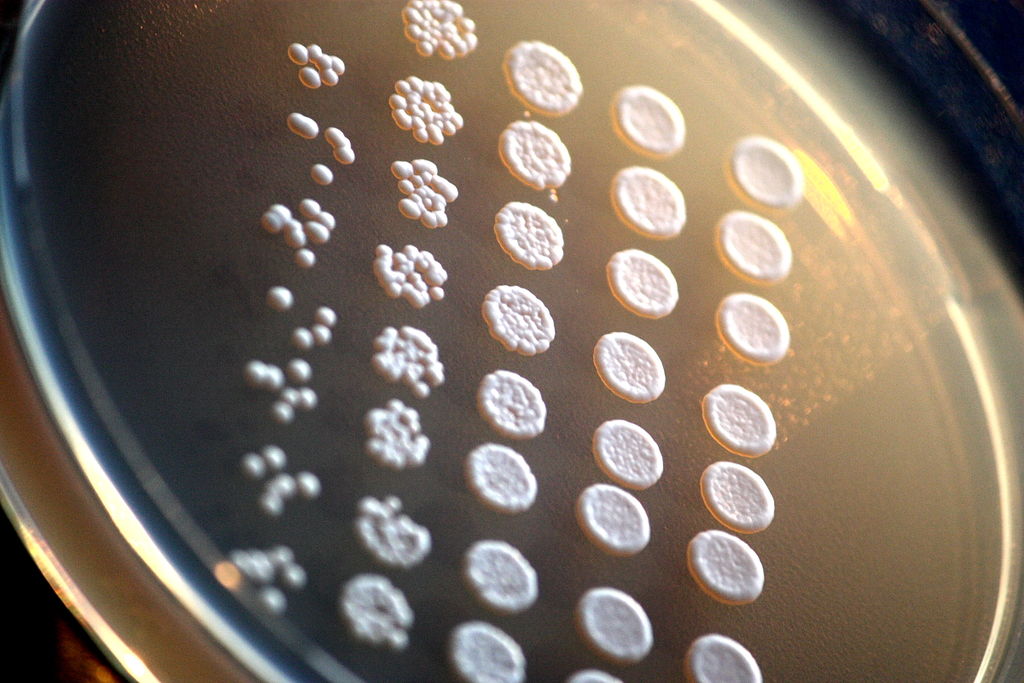


Two Recent Papers Buttress Behe’s Darwin Devolves Thesis
On today’s ID the Future Darwin Devolves author and biologist Michael Behe discusses two recent technical papers that the news media billed as dramatic evidence for evolution. As Behe explains in his conversation with host Eric Anderson, a careful look at the papers themselves shows that both cases involve devolution. That is, the biological forms in question did not evolve novel structures and information; instead they threw away things to achieve a niche advantage. In the first study, in the journal Nature Microbiology, the researchers found that in Africa, where “most rapid diagnostic tests (RDTs) for falciparum malaria recognize histidine-rich protein 2 antigen,” the malaria parasite has repeatedly evolved a way to sometimes elude detection, giving it a selective advantage, Read More ›

Michael Behe and Cilia 3.0 … or, Irreducible Complexity Cubed
On today’s ID the Future, author and biologist Michael Behe discusses with host Andrew McDiarmid how the once seemingly humble cilium is actually even more irreducibly complex than Behe suggested in his ID classic Darwin’s Black Box—and indeed, even more complex than his review of cilia in his update in 2007. At the time Behe described cilia as “irreducible complexity squared.” But as noted in a recent article at Evolution News, even more layers of sophistication in cilia and their Intraflagellar Transport (IFT) system have now been discovered. So, does that mean we are now looking at irreducible complexity cubed? Listen in as Behe and McDiarmid revel in the engineering sophistication of this fascinating molecular machine, and discuss why, more Read More ›